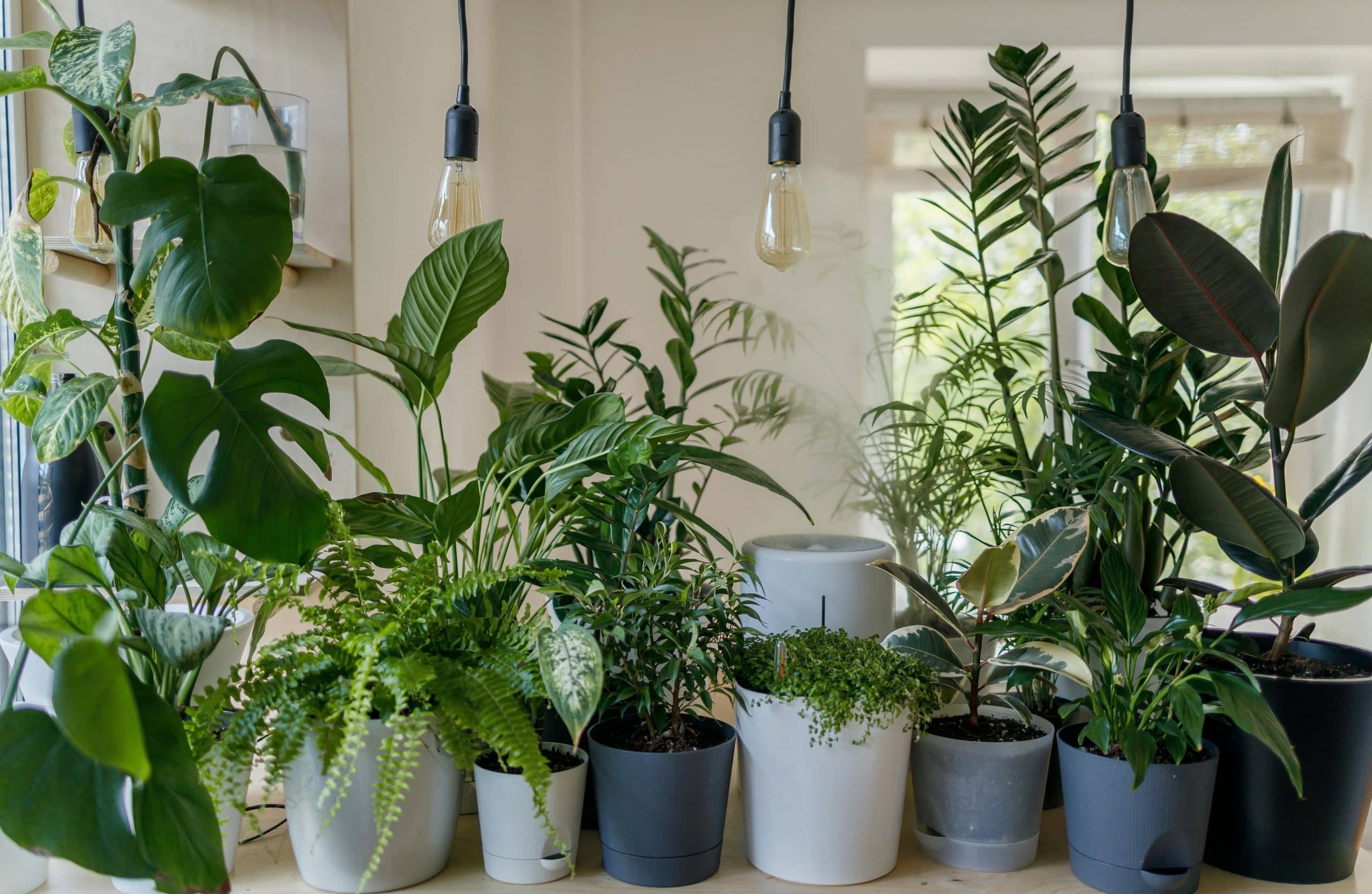In the quest to transform our homes into personal sanctuaries of comfort and serenity, incorporating greenery is a growing trend. Indoor plants not only enhance the aesthetics of your space but also help improve air quality and boost your mood. But what if your abode is lacking in the natural light department? Worry not, for not all plants demand a bright, sunny spot. Many indoor plants thrive excellently in low light conditions. This article delves into the world of such resilient green companions, discussing their care needs, and how they manage to grow in less-than-ideal light conditions.
Understanding Low-Light Conditions
Before diving into the best indoor plants for such circumstances, it’s crucial to understand what “low light” means in the context of indoor plant care. If you imagine an indoor space with no access to direct sunlight, think again. Low light does not mean no light. Instead, it refers to spaces that get indirect light.
In parallel : How can you design a balcony garden in an urban setting?
For instance, if your room has a window that faces north or is blocked by another building, it is likely a low-light space. Similarly, a room that only gets a bit of morning or late afternoon sun can also be considered low light. Understanding these conditions will help you correctly determine the right type of plant for the available light in your indoor spaces.
Adapting to Low Light: The Science Behind It
Plants have a remarkable ability to adapt to their environments. When placed in low-light conditions, many plants will adjust their metabolism and growth patterns to survive. The green pigment in plant cells, chlorophyll, plays a crucial role in photosynthesis – the process by which plants convert light into energy.
Also read : How to choose the perfect sofa for a small living room?
In low-light conditions, plants often produce more chlorophyll to maximize the amount of light they can absorb. They may also grow larger leaves or leaves with larger cells to increase the surface area available for light absorption. However, it’s essential to know that while many plants can survive in low light, they may not thrive or grow as quickly as they would in brighter conditions. In other words, while low light is tolerable, it isn’t ideal.
The Best Indoor Plants for Low Light Conditions
Now that we’ve discussed what low light means and how plants adapt to it, let’s explore some of the best indoor plants that can thrive in these conditions.
1. Snake Plant: Also known as Sansevieria, the Snake Plant is a favorite pick for low light conditions. Its long, upright leaves are bright green and often have yellow or white edges. Snake plants are not only tolerant of low light, but they also require minimal watering and can withstand dry air, making them an excellent choice for beginners. Their adaptability combined with air purifying qualities places them high on the list of low-light loving plants.
2. ZZ Plant: The ZZ Plant, or Zamioculcas zamiifolia, is another plant that can do well in low light. It has shiny, dark green leaves and is a tough plant that requires very little care. The ZZ plant can handle dry conditions and infrequent watering, making it a great low-maintenance option.
3. Pothos Plant: The Pothos, or Epipremnum aureum, is a fantastic plant for low light conditions. It’s a fast-growing vine with heart-shaped leaves that can be green, white, or yellow. Like the Snake and ZZ plants, Pothos also prefers to be allowed to dry out between watering and can tolerate dry air conditions well.
Care Tips for Low Light Indoor Plants
While the aforementioned plants can survive in low light, providing optimal care will ensure they thrive. Firstly, even though these plants can survive on less water, it’s essential not to let the soil become bone dry. Check the soil regularly and water when the top inch feels dry. Overwatering can lead to root rot, which can be detrimental to the plant’s health.
Humidity is another factor to consider. Many indoor plants come from tropical environments and therefore appreciate some level of humidity. If your indoor air is dry, consider using a pebble tray with water or a humidifier to increase moisture levels.
Finally, even though these plants do well in low light, they’ll still appreciate a bit of indirect sunlight whenever possible. Rotate your plants regularly to ensure all sides get some light exposure.
In conclusion, even in low-light conditions, you can cultivate a vibrant, green indoor landscape. By understanding and mimicking the conditions these plants naturally grow under, you can ensure your indoor garden will not just survive, but thrive. Incorporating indoor plants into your home has never been easier, irrespective of how much, or how little, light your space receives.
Low Maintenance, High Impact: Ideal Plants for Low Light Conditions
Given the understanding of low light conditions and how plants adapt, we continue our exploration into the best indoor plants for such environments.
4. Cast Iron Plant: This plant, scientifically named Aspidistra Elatior, lives up to its common name by being nearly indestructible. Cast Iron plant grows slowly, eventually reaching a size of about two feet. It has dark green, shiny leaves that can brighten up any low-light spot. One of the main advantages of this plant is that it’s forgiving when you forget to water it. It prefers to remain slightly on the dry side. Additionally, it’s known to be a pet-friendly plant.
5. Lucky Bamboo: Despite its name, Lucky Bamboo is not a bamboo at all but a type of Dracaena. It can adapt well to a variety of lighting conditions, including low light. The plant grows best when kept in water instead of soil and it can reach a height of up to three feet. It’s an easy-care plant that brings a touch of zen to your indoor spaces.
6. Peace Lily: Spathiphyllum, commonly known as Peace Lily, is a beautiful plant that produces white flowers. It can handle low light, although it might not bloom as often in such conditions. The Peace Lily also appreciates a more humid environment, making it an ideal plant for bathrooms.
Remember, while all these plants are relatively low maintenance, they still need some care to thrive. Prune any yellowing leaves, maintain a watering schedule, and check for pest infestations regularly.
Conclusion
To continue reading about how to sustain an indoor garden, it is critical to understand that low light does not equate to no light. Instead, it refers to indirect light, which many indoor plants can adapt to. From the resilient Snake Plant to the zen-inspiring Lucky Bamboo, each low-light loving plant has its unique characteristics and care needs.
Even if your home doesn’t get a lot of natural, bright indirect light, indoor plants can still flourish. With the right care instructions and understanding of light conditions, you can accommodate these green companions in your indoor spaces. They not only add aesthetic value but also enhance the air quality of your home.
Remember, the keyword to successful indoor gardening is understanding the plant’s needs and mimicking its natural habitat as closely as possible.
With these insights, you can go ahead and cultivate your low light, indoor garden. Turn your low light areas into lush, green corners that enhance your mood, purify your air, and add a touch of tranquillity to your home. Remember, a little green goes a long way!











